









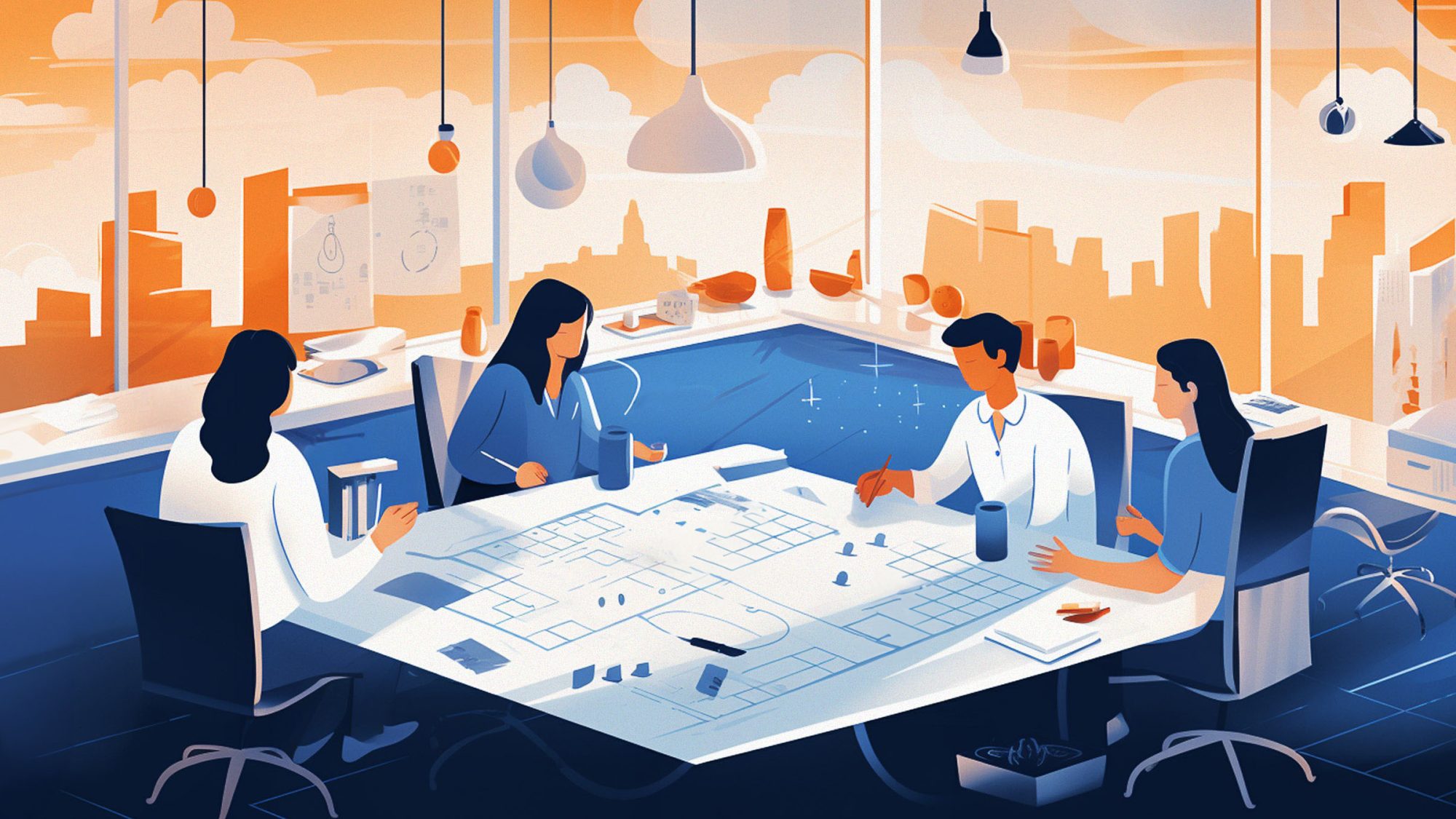
In today’s evolving work landscape, a one-size-fits-all approach to workplace design is no longer effective. Customisation and personalised experiences are key to maximising employee satisfaction. Just like finding the right shoe size, designing a space that fits the unique needs of people is crucial for their wellbeing, efficiency and overall happiness.
This article explores the importance of customising the workplace and provides insights into creating a dynamic, flexible and future-proof environment.
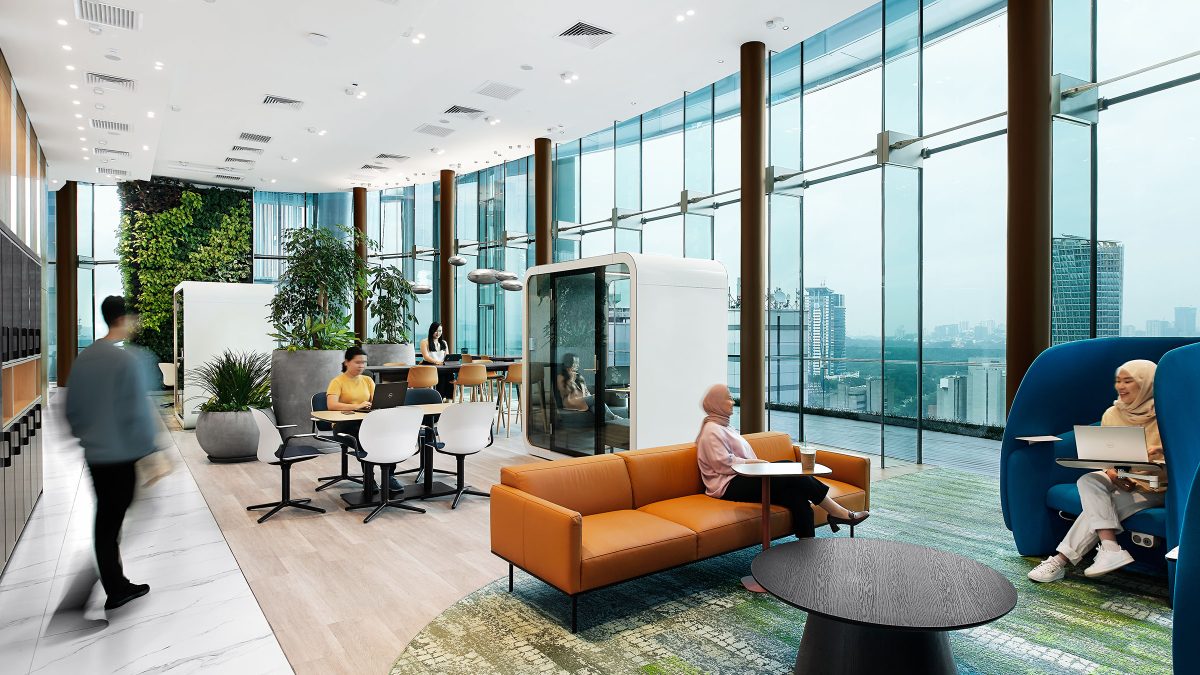
Considering the requirements of different stakeholders is a critical endeavour as well as an opportunity to deliver exceptional value to an organisation and its people. Deciding the type of spaces, how to balance office and remote work, integrating technology and optimising available space are all important exercises in addressing distinct needs. To ensure the creation of a functional, highly productive and people-centric workplace, in-depth analysis, extensive research, and rigorous idea-testing are essential.
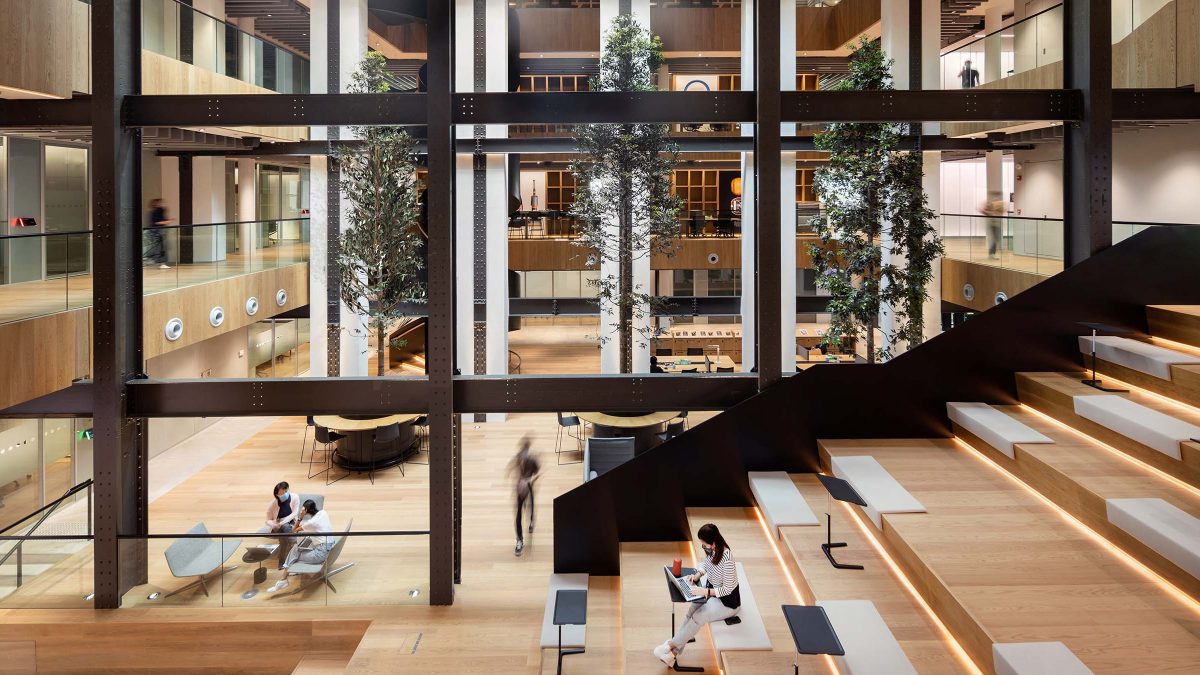
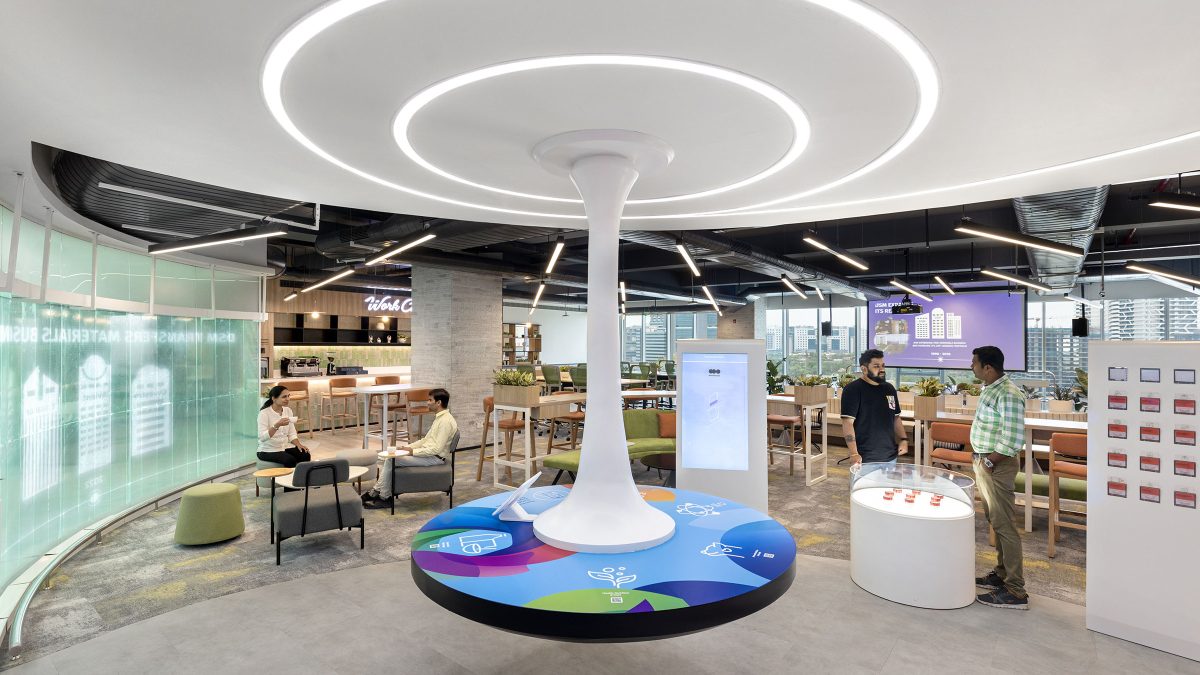
Moving forward with a strategic approach, a step-by-step, data-driven methodology is instrumental in creating a workspace that suits everyone and can adapt to change.
1. Recognising the importance of workplace fit factors
To design a space that maximises employee experience, organisations must start by considering key factors such as location, demographics, industry, business model, company policies and culture. Recognising that different industries and regions have distinct preferences ensures a workplace that caters to unique needs while supporting satisfaction and productivity.
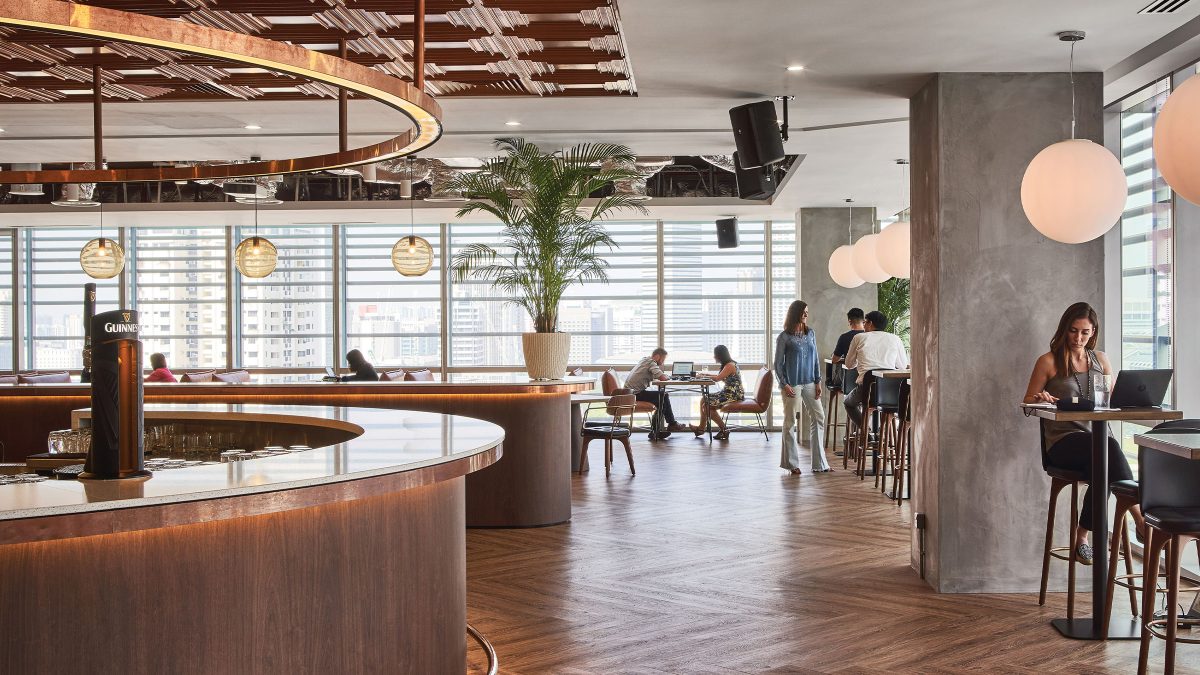
2. Building a second skin
Research plays a vital role in understanding the business, real estate portfolio, people, workplace aspirations and technology needs. Through qualitative and quantitative research, organisations can gain insights into staff preferences, work styles and growth projections. By focusing on human-centric design, we can create an ecosystem that will stay relevant as the company changes, fitting like a tailor-made shoe.
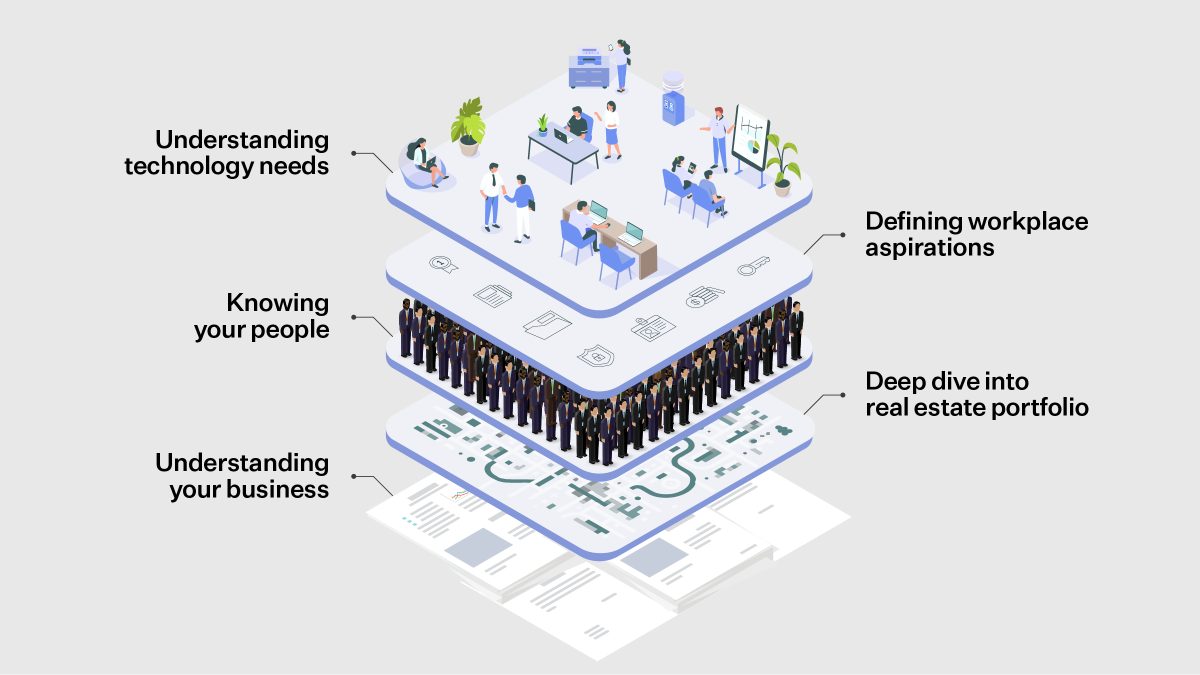
3. Key elements of a customised workplace
A customised workplace includes various elements – from technology to furniture, accessories and tools, mood and ambience, and infrastructure. These parts fit together like a puzzle, letting employees shape and own their workspace as their needs evolve. By empowering people with control, organisations can enhance flexibility, satisfaction and create a sense of belonging.
The goal is to create a workspace that changes as needs evolve. This is achieved through a combination of permanent fixtures and movable furniture, technology and tools. Moreover, flexible spaces like meeting rooms and workstations let employees adjust their surroundings.
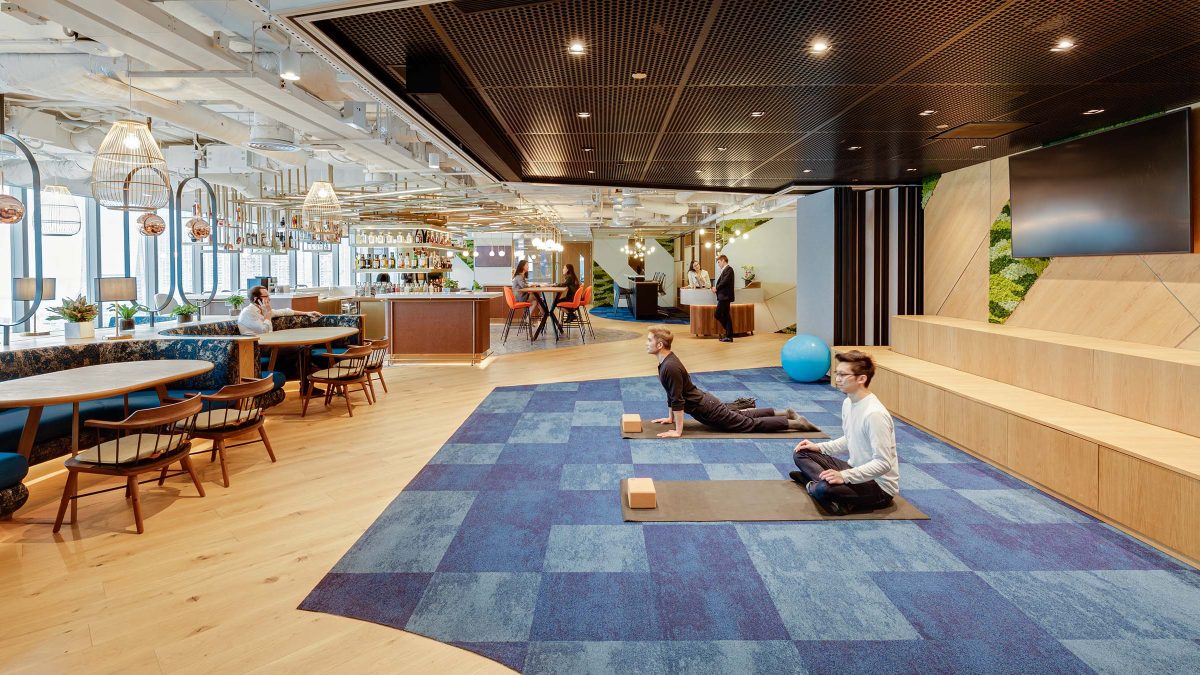
4. Ensuring an impactful user journey
By designing with different user groups in mind – staff, clients and visitors – we can elevate the experience for all. From the first impression at entry points to reflecting company values in collaborative spaces, a workplace serves as a guided journey. It must support daily operations and productivity while adapting to different needs. Areas like learning spaces cater to the diverse requirements of individuals at different stages of their careers. Breakout zones encourage downtime and connection, making every interaction purposeful and impactful.
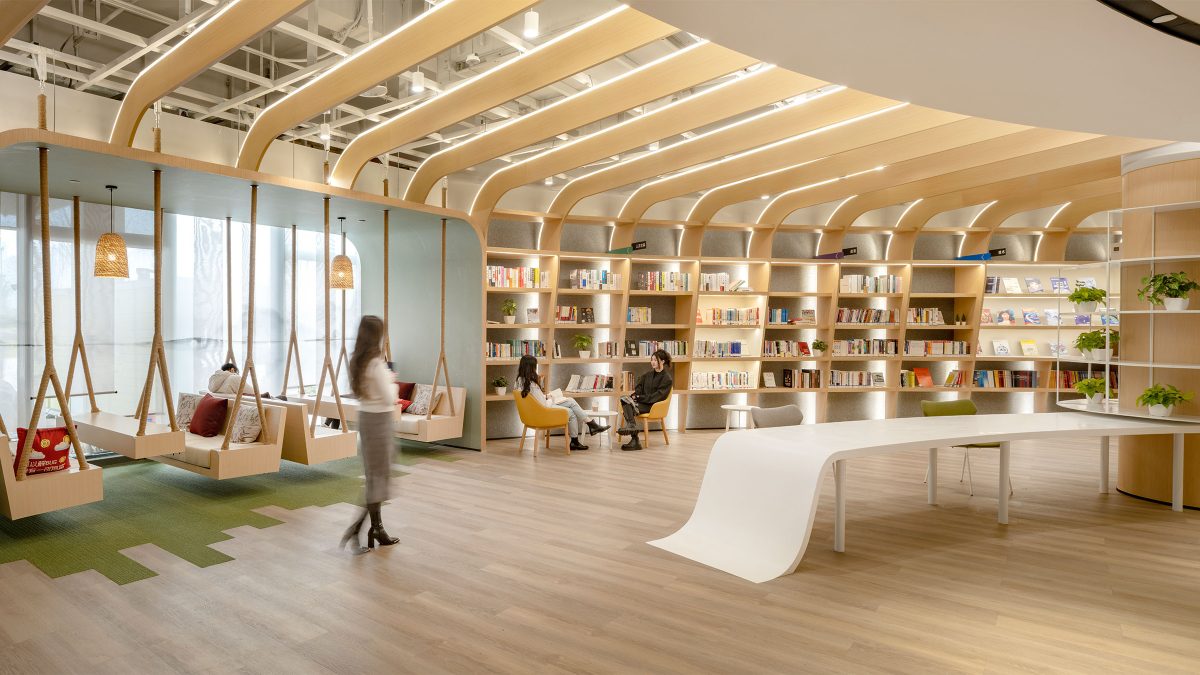
Just as bespoke tailoring can reflect individual style, crafting a workplace for your team’s unique needs can enhance wellbeing, productivity and satisfaction. By recognising that one size doesn’t fit all, organisations can shape empowering and impactful workplaces that stand the test of time.
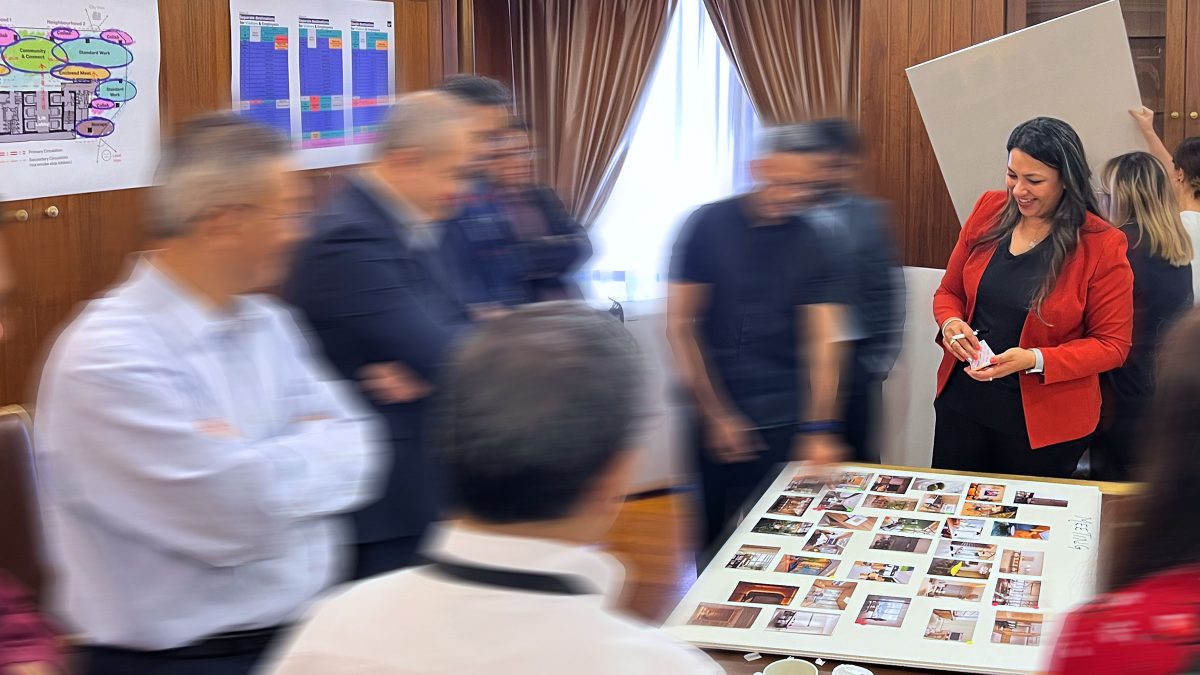
To discover how we help organisations shape workplaces where people and business thrive, reach out to us.
Director, Strategy & Change